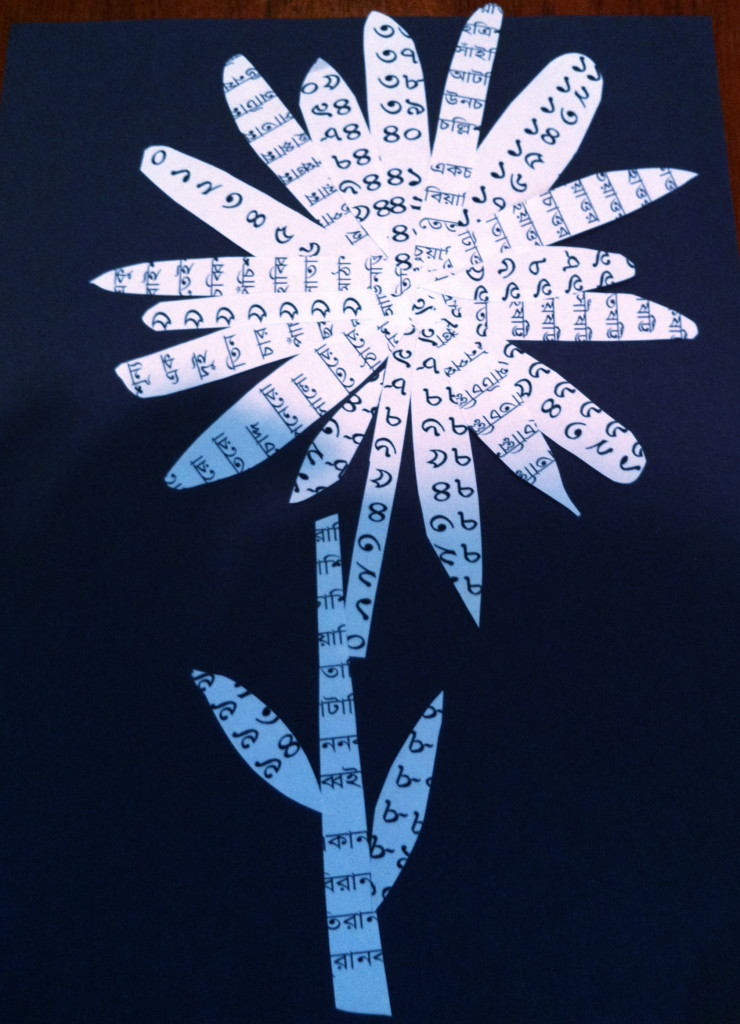
I am setting out to reread my manuscript of my latest book, and I looked back to a blog I wrote a few years ago when I was doing just that with a very early draft of what eventually became this book. The advice about editing your own work felt helpful for me and I hope it will help you, too.
1) Read as if you were a stranger. Give yourself the time away from the material to be able to turn a fresh eye to it, to know what is exciting and what doesn’t really make sense, and also to be able to be moved by your own work, surprised, even.
2) Don’t get discouraged if the beginning isn’t strong. You were probably warming up there. Keep reading!
3) Mark what you like as well as what puzzles, frustrates or irritates you. We often can get into an editing frenzy when we go back to make changes and forget what worked about the book.
4) Keep a “to do” list as you are going, so that you will be able to go back through with ease and also so that you can review your notes and make decisions about what to do, but mostly so that you see that while the work ahead may be enormous, it is finite. (My list is seventy items long!)
5) Make a list of characters as you are going. You can make other lists, too: I started one, during the opening, of settings I might make use of later in the book. I don’t think I’ll really need them, but it helped to make me more willing to cut those pages when I thought that I might be able to use the parts I liked elsewhere. I also made a list of suspects, since my novel has an aspect of mystery to it, and in writing so quickly and without a plan, I had planted a lot of red herrings.
6) Make time to do this work. Enlist the help of your family, mate, coworkers or friends. Let them know that you have a project and a goal. As with writing, it can help to report on your progress to someone. Celebrate the milestones, too. Share the excitement of reading through your book manuscript.
7) Get involved with the story and trust your intuition. As we read a good book, we usually make guesses about what is going on: did that person just lie? Is that person hiding something? Should that person be going down that dark alley? Our guesswork as readers can be our best plotting as writers–you may find out who done it or why or what’s really going on when you read they way an involved reader does, rather than when you have your writer hat on and are trying to map a plot.
8 ) Harness the energy of the moment. If you have an idea of a scene, and you get all excited about it, by all means, go with that momentum and write as much as you can in the moment. We often imagine, when we are feeling inspired, that that feeling will always be there when we think of a particular idea. In fact, the next day, our few notes on something may be drained of energy–so if the horse starts to gallop, hold on and ride to the finish line. Or, you know, something like that . . .
9) Let other books be your teachers. Turn to the writers you love most for advice . . . all found in the books they’ve written. Look back to see how one built her plot, how another created a feeling of love for all of his characters, how a third used setting to create a strong atmosphere. When you wander in bookstores or the library, let yourself be bouyed by the brilliance that is out there.
10) Consider this your “learning how to write a book book.” When I wrote my first book, I called it my “learning how to write a novel novel.” This was tremendously freeing and challenging. What I’ve since learned is that each book teaches me how to write that book. Approaching your work as a student–not an amateur, but a professional sitting at the feet of your craft to learn–allows you to write better than yourself, to become better than your best, to innovate, which is to say, to create.
